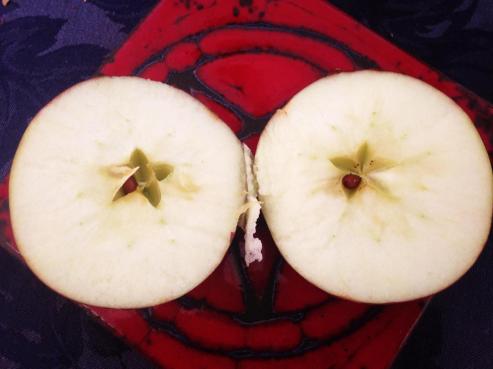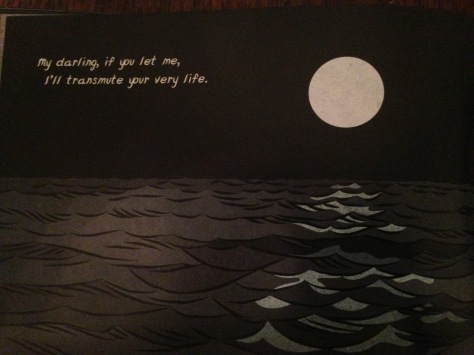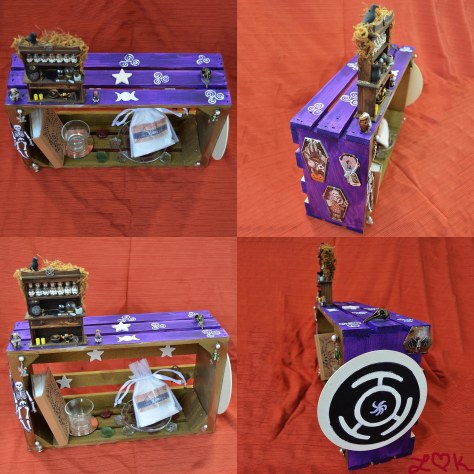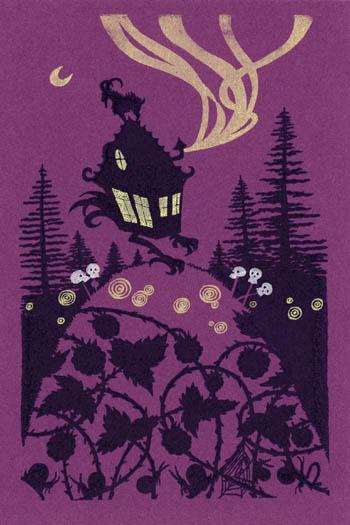My professional work often coincides with my scholarly work, which is of course influenced by my personal interests. Here is an example of the examination of witchcraft in a very specific sense in Library Cataloging. (You may or may not find this interesting, but I was pleased with how it came out).

Introduction:
Witchcraft is a topic that can be studied and approached in a variety of ways: it is a religion, an important presence in folkloric, anthropological and sociological studies, and has great relevance in historical contexts. But witchcraft has an important place in Jacobean drama that is separate from these larger topics. In looking at the witch in early modern drama and literature, the witch becomes an important symbol of danger, power and influence. Jacobean audiences were terrified of the witch present in their midst, but had also began to see the witch as a metaphor for many of the things that were wrong in their society. The witch’s power came not from her magic, but from her words and her ability to influence events (DeVoe, 2015). Because of this, the witch as a part of the larger scheme of Jacobean drama is significant and needs to be categorized as an import subject in its own right. This paper will look at how the witch in Jacobean drama is treated in three library classification schemes: Library of Congress Classification (LCC), Dewey Decimal Classification (DCC), and Book Industry Standards and Communications (BISAC) classification. Given the nature of the topic, the discussion will focus on the relevance and effectiveness of these classification schemes for use in the academic library.
Background and History:
The idea of a woman’s unruly tongue is an important idea in Jacobean and early modern drama. Penny Gay says in her discussion of the unruly woman that: “Any occurrence of evil is seen as disrupting, or rather disobeying, these persuasive rhythms, and a scapegoat figure will usually, in the course of the play’s plot be expelled from the community represented on stage so that at the end we may join in, via our proxies the actors, the dance or feast which signals the communities confidence in its self-ordering” (Gay, 2002, pg. 2). Women and their ability to speak became a major focus of the writing and performance of this era. Women could disrupt the entire community and influence major events that should have been well outside their control. The eponymous three witches in Macbeth are iconic. We are told that they are witches and throughout the play they do very scary, witch-like things, but in the end, the worst thing they do is foretell Macbeth’s destiny. Without their vocalization of the possibilities of his future, would Macbeth ever have attempted to become king? We are led to believe that he would not have done so without the influence of women’s words in his ear. This is a theme that is repeated constantly throughout the drama of the period.
Through these works, the construction of gender relations and social behavior of women in this time period began to show distinct demarcations between “normal” female behavior and the practice of witchcraft. Women who operated outside of society’s strict boundaries became dangerous. Stephanie Irene Spoto points out that “It seems easy to believe that witches were simply the unfortunate victims of a misogynist woman-hunt or of an oppressive patriarchal religion, but to ignore the subcurrents of evidence pointing towards the possibility of witchcraft constructed as an empowering aspiration during the witch-hunts is to ignore the possibility that things stand not in the perfect dichotomy of victim /aggressor or good-guy /bad-guy” (Spoto, 2010, pg. 53). Suddenly, women were not simply creatures that functioned solely as instruments of the men around them. They became both complicated individuals, and threats to social order. When a woman spoke independently, her words had to be defended and proved to be normative and not witchlike (Gay, 2002). This sudden change in the potential of the female heavily influenced many major works of the sixteenth and seventeenth centuries.
Law itself was affected by the idea of the witch. Many treatises were written concerning witchcraft, and significant effort was put into writings on how a witch could be identified and then legally dealt with. Numerous pamphlets appeared with news of witches and their interrogations. Much of the reported dialogue of actual interrogations began to appear in drama, lifted for the purpose of commenting on the hierarchy and ruling class of Jacobean society. James I himself was terrified of witches, believing that they had tried to kill him on his passage across the channel. His Demonology was a poor replication of the infamous Malleus Malificarum. Elizabeth I had been a beloved ruler who openly embraced the occult: with James I’s ascension to the throne, his overt fear and hysteria of witchcraft began the first open criticism of the witch trials, which were seen as an analogy for the senseless fear and bloodshed that had been occurring in English society (DeVoe, 2015). By showing the witch to be a creature worthy of empathy with and pity, writers began to turn this dangerous language back on those who were victimizing both the witch and the lower classes of England.

































 Baba Yaga – Vania Zouravliov
Baba Yaga – Vania Zouravliov

